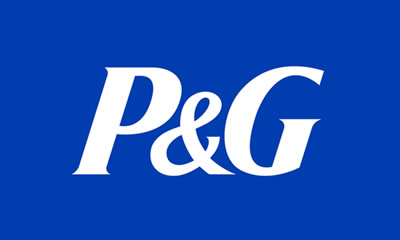 The presidential election may decide the fate of Medicaid’s future. Faced with rising Medicaid costs and budget deficits, many states are already trying to cut the cost of long-term care by significantly changing Medicaid coverage, through the use of federal waivers. To be eligible for Medicaid, a person must spend down so that they have no more than $14,800 in assets. Medicaid spends more than five times as much on each senior in long-term care as it does on each poor child, and even more per person on the disabled in long-term care. Republicans propose block grants that would end the federal oversight role for Medicaid, cutting spending by a third over a decade, changing minimum eligibility requirements, as well as standards of care, and also federal rules that now protect adult children from being billed for their parents’ Medicaid care.
The presidential election may decide the fate of Medicaid’s future. Faced with rising Medicaid costs and budget deficits, many states are already trying to cut the cost of long-term care by significantly changing Medicaid coverage, through the use of federal waivers. To be eligible for Medicaid, a person must spend down so that they have no more than $14,800 in assets. Medicaid spends more than five times as much on each senior in long-term care as it does on each poor child, and even more per person on the disabled in long-term care. Republicans propose block grants that would end the federal oversight role for Medicaid, cutting spending by a third over a decade, changing minimum eligibility requirements, as well as standards of care, and also federal rules that now protect adult children from being billed for their parents’ Medicaid care.
Questions:
1. According to the article, what was the rate that Rena Lull depleted her lifetime savings of $300,000?
2. Research nursing home daily rates. How do they compare with the $250 per day home where Rena Lull resides? Is her rate average, below average, or above average?
3. Some long-term care facilities allow healthy seniors to plan ahead by paying a large down payment to secure their lifetime living arrangement and then pay a monthly maintenance fee when they enter the facility. Find one of these facilities and estimate how much money a 60-year old individual would have to have to make this work until age 90. What are the upside and downside risks with this type of arrangement?
4. Would you be prepared to be billed for your parents’ care in a nursing home? What do you see as the costs and benefits of block grants as compared to the current system?
Source:
Bernstein, N. (2012). With Medicaid, Long-Term Care of Elderly Looms as a Rising Cost. The New York Times, September 6 (Retrievable online at http://www.nytimes.com/2012/09/07/health/policy/long-term-care-looms-as-rising-medicaid-cost.html?_r=1&src=un&feedurl=http%3A%2F%2Fjson8.nytimes.com%2Fpages%2Fhealth%2Fpolicy%2Findex.jsonp)
















